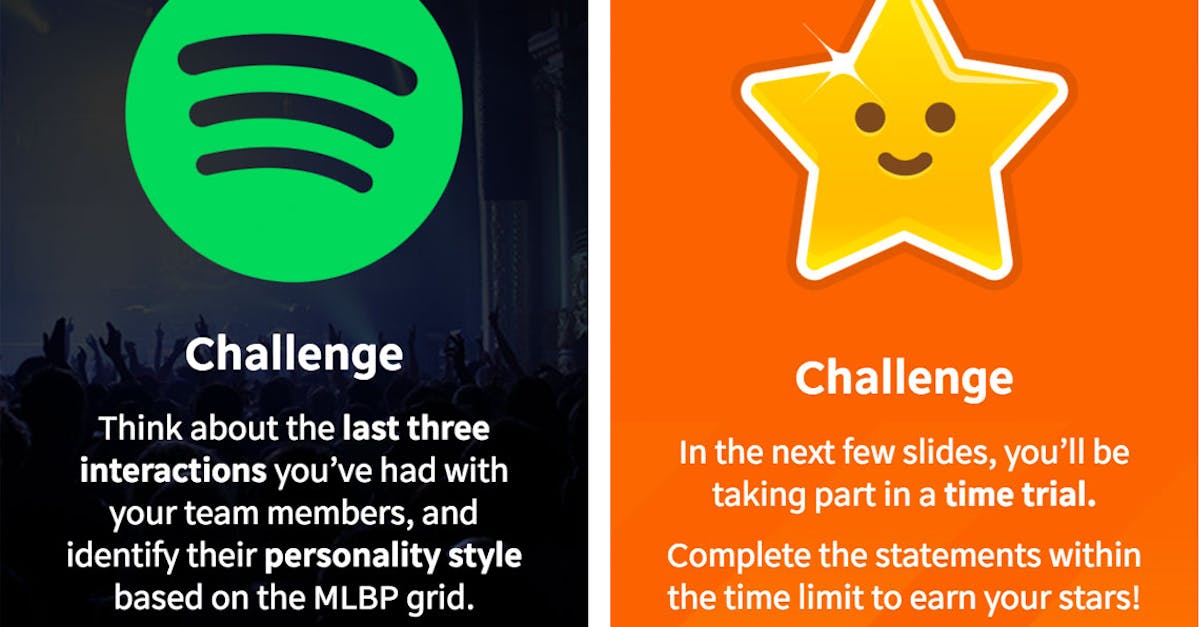When and How to use Presentational Set-up Slides
Published
July 24, 2017
Author
Share

We want to give our learners the best possible learning experience in Ed. That means making interacting with content as simple and painless as possible. There are times when we need to help signpost things to our learners to help them progress through the lesson, or understand what they’re being asked to do.
We can help by using presentational set-up slides, to call out what is going on (e.g. “On the next slide you will watch a video on X”, “On the next slide, you can explore the above image to learn more about Y”, “Imagine you’re in Scenario X …”). Additionally, you can use these to create a common thread throughout your lessons (e.g. “Today’s Challenge: Think of 4 things you can do to improve your customer’s opinion of the product”).
How to create Presentational Set-up Slide
The standard way to create a Presentational Set-up Slide is to create an Image Gallery slide with 1 section (although it can use several sections), and use a combination of image, title and text to introduce the next slide, or give background information to inform the question posed.
You can use “#” and “##” to create Title and Subtitle text respectively, to give the slide a different look and feel to others in the lesson. This also makes content look better when no image is used, as it fills out more of the slide.
The final step to making a Presentational Set-up Slide is to turn on lightbox mode, and set up a dark opaque overlay rgba(0,0,0,.7) or a light opaque overlay rgba(255,255,255,.6) depending on your lessons’ background.
When to use Presentational Set-up Slide
The main time when you would use a Presentational Set-up Slide is to introduce the topic / mechanics of a following slide, e.g. “In the next slide, learn about ______ topic by tapping to explore the image” or “What happens in ______ scenario? Learn about this in the following slide”. These kind of set-up slides are mainly used in front of Image Waypoints and Video templates, as they can’t introduce themselves.
They can also be used to set up a scenario as background for a question – e.g. describing a particular customer, and asking the learner how they would approach selling to them.
Be careful about overusing Presentational Set-up Slide. It shouldn’t be the case that every slide of your lesson is introduced in this way – most of the time, your lesson should flow together well enough that it doesn’t need to have these “pause” moments to talk about what is happening next. But in cases where you can’t possibly guide your learner into the next slide in any other way, a Presentational Set-up Slide may be your answer.
Author
Guest Author Daniel Brown
Daniel Brown is a senior technical editor and writer that has worked in the education and technology sectors for two decades. Their background experience includes curriculum development and course book creation.